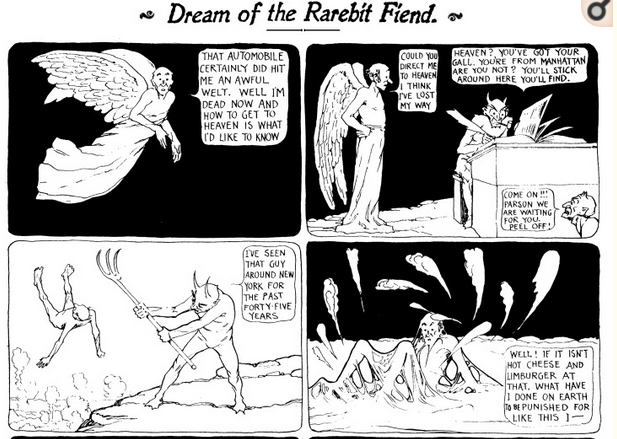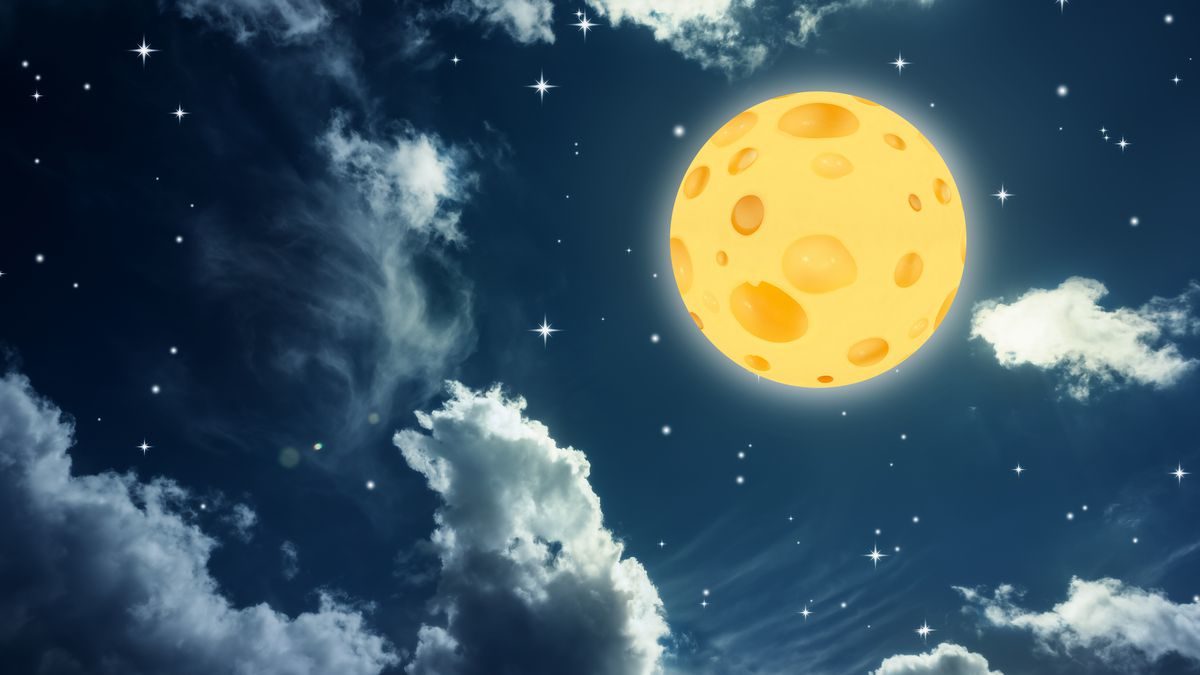I woke up a few hours ago at an ungodly hour, furiously scribbling down the details of an extremely vivid dream in which I reluctantly led a group of slackers after a zombie invasion. For some inexplicable reason, I had to conduct a series of tasks, ranging from spray painting certain areas of my neighborhood to signify where the zombies were to releasing benign animals who needed food and companionship, without being bitten by a zombie. The strangest part of the dream was that, if I screwed up and was bitten (and I was gnawed on quite regularly), I had the opportunity to respawn at my “save point” and conduct the series of tasks yet again. Undoubtedly, my dream reflected my worries about the present state of America, as well as the very long days I have been spending editing the second season of my audio drama, in which I have often pushed forward in a zombie-like manner to get closer to the end. After I canvassed my apartment to make sure that there were no zombies around (such are the irrational fears we act upon when we have a particularly alluring and real-seeming dream), I realized that this dream, like many other vivid ones I had, was actually my subconscious trying to tell me that I was working too hard by myself and that I needed to reconnect with the world around me, as well as practice better self-care. But why had my dream been so vivid? Well, before I hit the hay, I did have some rather tasty spaghetti with fresh tomatoes and mushrooms that I had whipped up from scratch, as well as two glasses of red wine. Tomatoes and wine tend to cause me to have extremely vivid dreams. And I had thoughtlessly consumed both. Or was it so thoughtless? Perhaps my appetite subconsciously gravitated towards wine and pasta because it needed to work out something that I was obliviously avoiding. But it did get me thinking about the connections between what we eat and how we dream.

There is surprisingly little research out there on the interesting question of whether eating certain foods results in a snoozer having particularly vivid dreams. The great Winsor McCay — anticipating the Surrealists who arrived twenty years later with their dadaist thoughts — wrote and illustrated a popular newspaper comic called Dream of the Rarebit Fiend — in which various characters would eat a rarebit that would result in a series of ridiculous and dreamy images. The rarebit was an entree that involved melting rich cheese diluted with ale on top of toast, with a bit of mustard and cayenne pepper or paprika stirred in. And the belief that Welsh rarebit had some connection with sleep extended even to an old episode of Gomer Pyle – USMC (specifically “Gomer the Welsh Rarebit Fiend”), in which the rarebit-eating Gomer was discovered sleepwalking.
But a century after McCay’s vivid visuals and commitment to cheese, there did prove to be something to the silly theory. A 2005 study from The British Cheese Board suggested that various types of cheese could produce different types of dreams. Those who ate Blue Stilton over the course of a week tended to have incredibly vivid dreams. Cheddar caused subjects to dream of celebrities. Cheshire caused nice and dreamless sleeps. Red Leicester was more responsible for nostalgia and childhood. Lancashire cheese inspired people to dream about work. Amazingly, nobody has thought to follow up on these experiments. One would think that a deep dive into fromage-fueled phantasmagoria divorced of an organization with a vested interest in getting people to scarf down cheese at all hours of the day might be one of those goofy yet useful experiments that might help us customize our dreams in the same crazed manner that yuppies hold up the line ordering baroquely bespoke beverages at a cafe.
In 2015, a Canadian study conducted by Tore Nielsen and Russell A. Powell, citing Winsor McCay, did find that dairy products were the most likely to inspire disturbing dreams. Sugar and dairy products were closely tied on the bizarre dreams front. However, the two psychologists were careful to suggest that other factors could have inspired these dreams and that further research needed to be done, since the study had been confined to merely bizarre and disturbing dreams. Additionally, the study had been confined to undergraduates rather than an all-ages group. Moreover, those who suffered from PTSD or anxiety were more inclined to stress eat. And this, in turn, could be the true factor behind the vivid and disturbing dreams. (Duly noted, Canadian dream experts! Tomorrow I’m going for a long walk and sticking with salad!)
Writing for Psychology Today, Dr. Michelle Carr suggests that this idea that eating food leads one to dream in a particular way may be a false belief. If we eat a certain food (in my case pasta and red wine; in the case of the Brits behind the cheese experiment, the gloriously stinky Stilton), this may just be one of those fateful habits, not unlike Dumbo clutching his magic feather, that causes the brain to dream bigger under certain gustatory conditions that represent more of a placebo effect. The so-called connection between tryptophan-heavy turkey and dreams, to say nothing of the spicy food connection steeped in common adages, may just be our bodies working harder to digest heavier food, thus interfering with our regular sleep cycles.
So it’s quite likely that food is getting in the way of the real reasons we dream like this. This does suggest that more research, independent of cheese boosters, should be done to determine once and for all how we can hack our dreams and come to greater terms with our subconscious fears. I do know that my dreams have often given me the clues of how I need to live and what I need to write. If we can’t have our flying cars, surely we can figure out better ways to coax out the crazy cinematic experiences inside our head.
